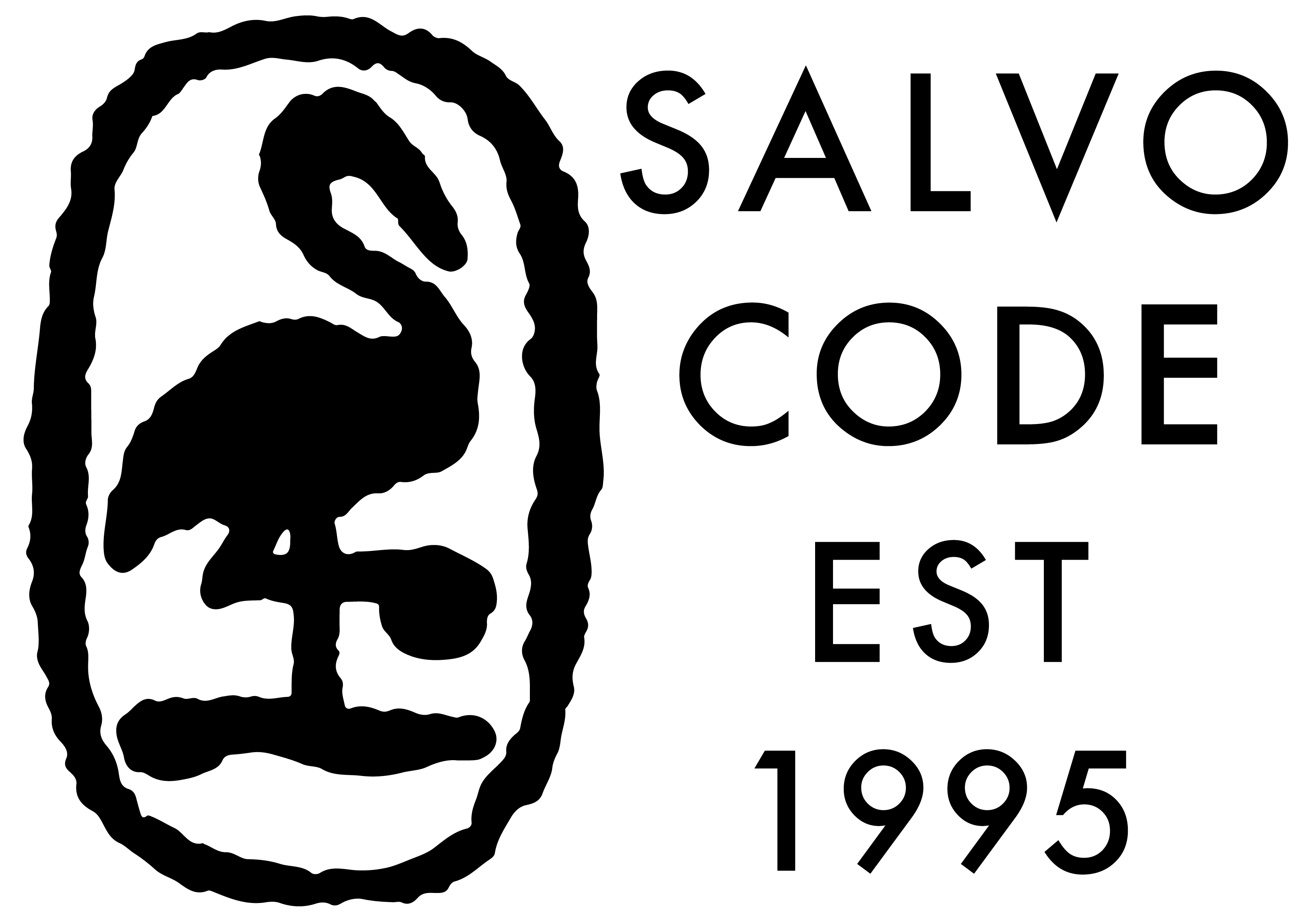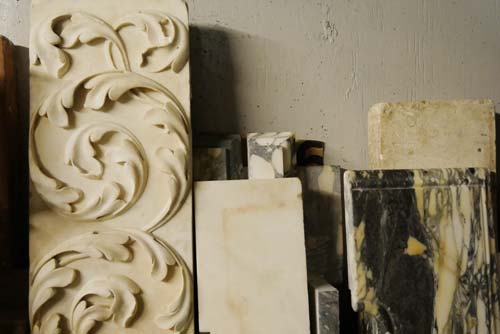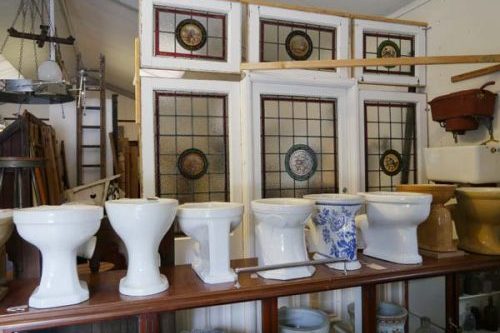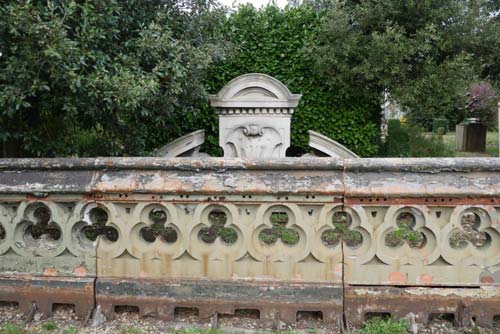
What is the Salvo Code?

The Salvo Code is a world-leading assurance for good practice in sourcing for businesses that buy and sell architectural salvage, antiques, garden ornament and reclaimed building material. The Salvo Code aims to give people greater confidence, in particular, that items they buy have not been stolen or removed from protected historic buildings without permission.
Most dealers have sensible buying procedures, but the Salvo Code is more formal, understandable and obvious to buyers and sellers. The Code flags that a business is part of the peer-reviewed community and meets the highest standards.

Look out for the Salvo Code crane logo used exclusively by Salvo Code members. Each Salvo Code dealer has a crane logo certificate which is issued annually to display in their showroom or yard and a crane logo will be displayed on their website, Salvo directory entry and on all their listings on the Salvo website. The crane was chosen because it is an ancient Chinese and European symbol of vigilance. The Chinese legend says the crane sleeps with one eye open and holds a stone which, on falling asleep with both eyes closed, it drops and wakes up - possibly because it drops the stone onto its other foot!
The Certificate

The Salvo Code Dealer undertakes:
Not to buy any item if there is the slightest suspicion that it may be stolen.
Not to buy knowingly any item removed from listed or protected historical buildings or from sites of scheduled monuments without the appropriate legal consent.
To record the registration numbers of vehicles belonging to persons unknown to it who offer items for sale, and to ask for proof of identity.
To keep a record of the provenance of an item, including its date of manufacture, from where it was removed, previous owners and known makers, where possible.
To uphold the Truly Reclaimed standard according to the prevailing rules.
To the best of its ability and knowledge, to sell materials free from toxic chemicals, excepting those natural to the material, traditional to its historical use, or resulting from atmospheric pollution.
Not to copy knowingly unique items made or commissioned by other Salvo Code dealers.
Where possible, and only within its ability and knowledge, to give customers the choice of buying fairly traded products.
To display a copy of this code in a public position within their business premises.
Signed by Thornton Kay, Salvo Code Administrator
Find your closest Salvo Code supplier in the Salvo Directory
Over the past twenty years, the Salvo Code membership has grown and now includes members worldwide in France, Luxembourg, Italy and the US, plus further clauses have also been added in relation to fair trade and modern slavery. Membership is a social and support network, circulating information such as theft alerts and advice on general industry issues.



Progress
The Salvo Code started in April 1995 after a three-year consultation process by a steering group of long-established dealers, comprising of Salvo founder, Thornton Kay, Adrian Amos, Tim Seago, Charles Tolley, Nick Gifford-Mead, Rick Knapp and James Ryland, who initiated the sales of Garden Statuary at Sotheby's. They were to be joined by Simon Kirby, an antique sanitary ware specialist who went onto revive the high quality British made reproduction bathroom range of Thomas Crapper. English Heritage and the Council for the Prevention of Art Theft were also involved in the early stages.
In the 30 years since Salvo started thousands of companies and institutions have joined our commitment to promoting sustainability through reclamation and reuse in the built environment.
Salvo most recently created the Truly ReclaimedTM standard to authenticate genuine reclaimed products and materials to counter the emergence of “the reclaimed look” using new material, a design trend which drives faked alternatives.

Find out how we can support you in increasing reuse and sourcing Truly Reclaimed materials for your projects
Contact Us
